
BMW i8 Coupe (2014-2020) interior, tech and comfort
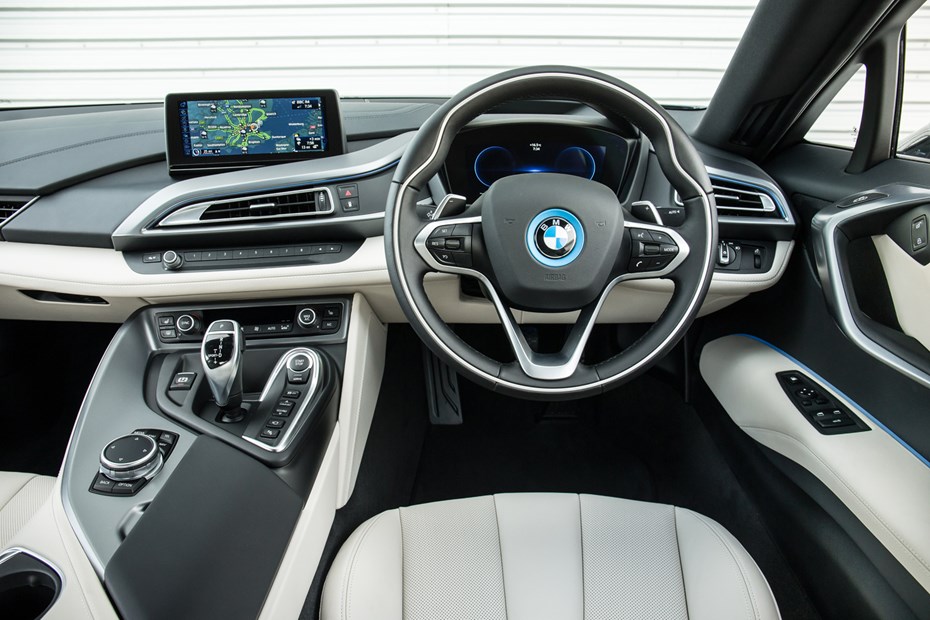
- High quality, but not too dissimilar to other BMWs
- Digital dashboard display is superb
- Easy to get into a comfortable driving position
Compared to the spacious, distinctive and ground-breaking front cabin of the firm’s i3, the i8’s interior could be viewed as something of a disappointment. Certainly, in comparison to the brand’s electric supermini it’s slightly conventional in here, with much of the switchgear instantly and completely recognisable from other BMW products.
Even the layout seems normal enough, but under closer scrutiny you’ll realise it’s a little more dramatic than it first appears. Full of sweeping lines and curves, with a centre console traditionally angled towards the driver, the shape and design reflects the other-worldly exterior. Every surface is high quality, much of it swathed in soft leather, and the fit and finish is superb – just like any other current BMW.
A centrally mounted 8.8-inch infotainment screen, just above the single central air vent, is a familiar sight but the entirely digital instrument screen (8.8-inches again) is different to those seen on newer BMWs. The information it presents, and the way it does so is convincing and clear, with quick responses, we’d just like to have seen a larger display for gear selection when in manual/sport mode.
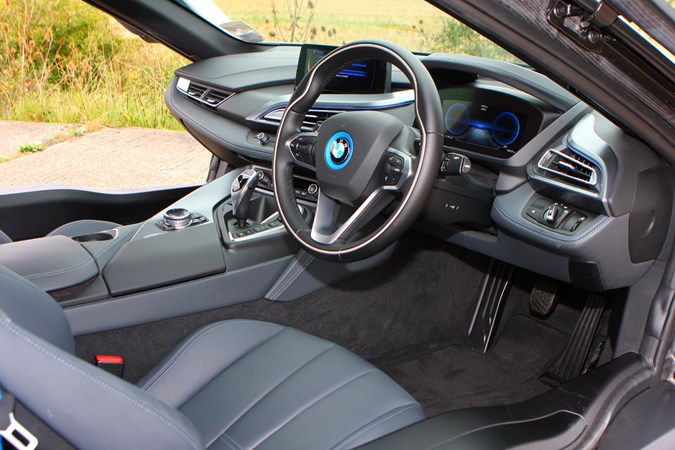
Getting into your perfect driving position is easy, with comfortable electrically adjustable seats that sit low to the floor. In fact the most difficult thing about the i8 is getting in and out; mainly thanks to the relatively high sills and dihedral-opening doors. The latter means tall drivers will need to stoop, or post themselves in sideways, as their heads will be level with the opened door’s underside, while the former require you to slide over and into, or pull yourself up and out of the car. Still, after a couple of attempts, it soon becomes second nature.
The great thing about electric cars, or hybrid cars like this, is they’re very quiet when the internal combustion engine isn’t running, meaning refinement is bordering on incredible. You do notice more tyre and wind noise when running as an EV, especially the former thanks to the BMW’s standard 20-inch alloy wheels, but it’s still quiet and relaxing compared to cars with full-time internal combustion engines.
The carbon tub and aluminium chassis does exacerbate noise from any stones or loose items thrown up from the road into it though, especially when running in EV mode. Obviously a more vigorous press of the accelerator means the engine will ‘wake up’, and being a three-cylinder there’s a distinctive thrum to be heard. It’s not particularly noisy, evidenced by BMW piping an enhanced sound into the cabin under high throttle loads, but due to the car being near silent at other times it’s certainly noticeable.
Is the BMW i8 comfortable?
- Excellent ride quality
- Adaptive dampers lack personalization, however
- Superb refinement
With an incredibly strong and lightweight structure the i8 can deal with all road and surface imperfections through its suspension and tyres, rather than through chassis flex. On the whole it rides rather superbly, and combined with its refinement there are few better sports cars for tackling long-distance drives.
It’s still a sports car though and there is a firm edge to that ride, but it’s always incredibly well damped, dealing with any road upsets in a single movement rather than pogoing down the road. You’ll never notice it crashing or banging either, and our only frustration is that you can’t independently select the comfort setting for the adaptive dampers while changing gears yourself – Sport mode for the gearbox automatically adjusts the dampers into the same.
The seats are electrically adjustable, and covered in leather, as standard. They don’t look particularly supportive, with shallow bolsters, but thanks to the high sills and tall transmission tunnel you rarely look out for extra support.


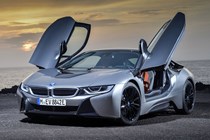
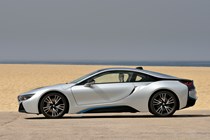
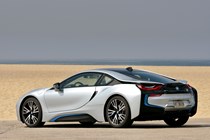
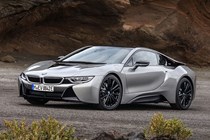

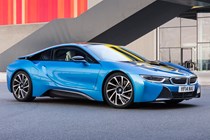


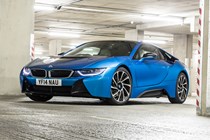
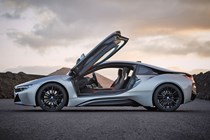
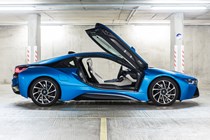
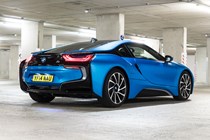
.jpg)
.jpg)
.jpg)
.jpg)
.jpg)
.jpg)
.jpg)
.jpg)
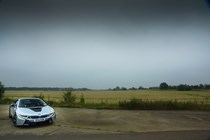
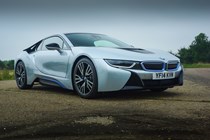
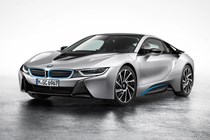
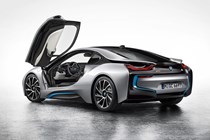
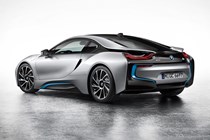
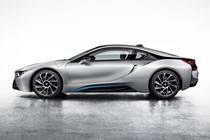
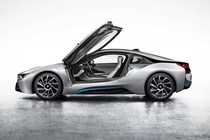

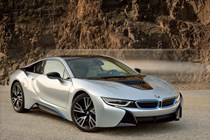
.jpg)
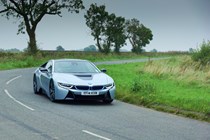
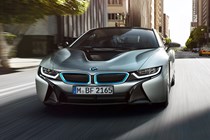
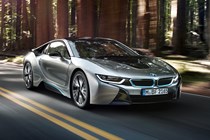
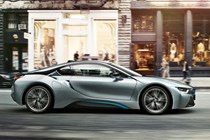
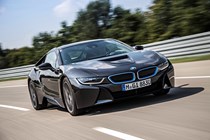
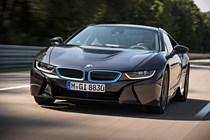
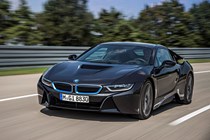
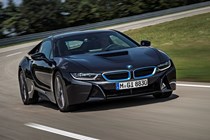

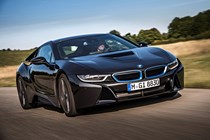
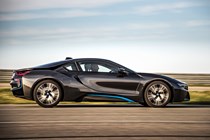
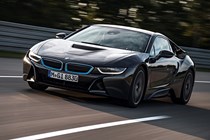
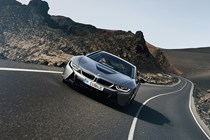
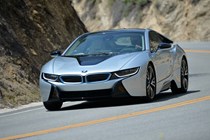
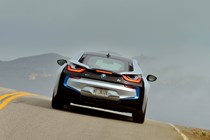
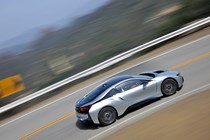
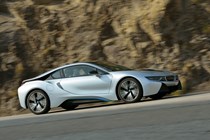
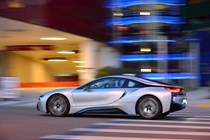
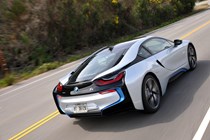
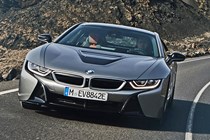
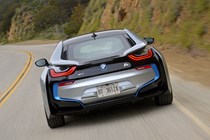
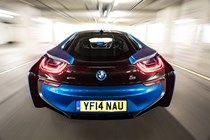
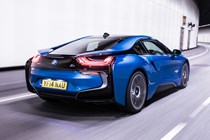
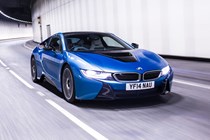
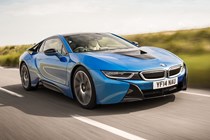
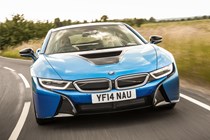
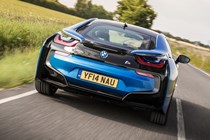
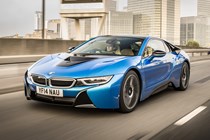
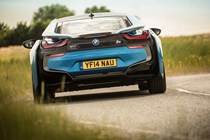
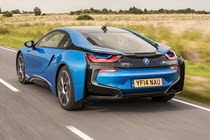
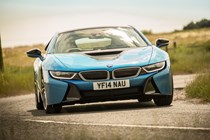
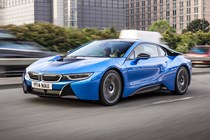
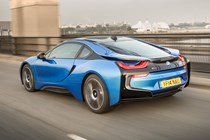
.jpg)
.jpg)
.jpg)
.jpg)
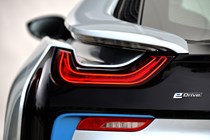
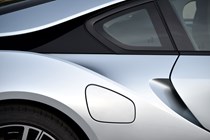
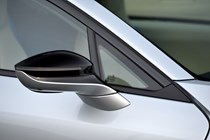
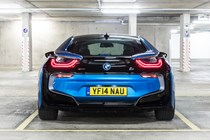

.jpg)
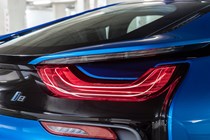
.jpg)
.jpg)
.jpg)
.jpg)
.jpg)
.jpg)
.jpg)
.jpg)
.jpg)
.jpg)
.jpg)
.jpg)
.jpg)
.jpg)
.jpg)
.jpg)
.jpg)
.jpg)
.jpg)
.jpg)
.jpg)
.jpg)
.jpg)
.jpg)
.jpg)
.jpg)
.jpg)
.jpg)
.jpg)
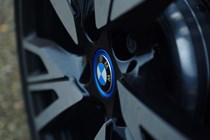
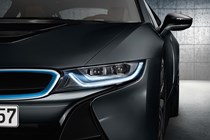
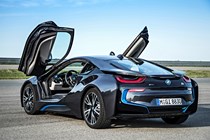
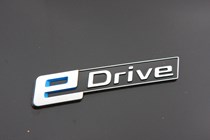
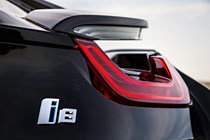

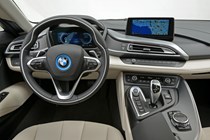
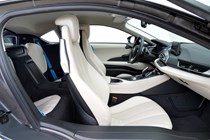
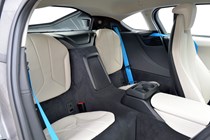
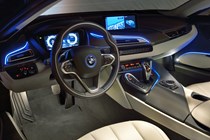
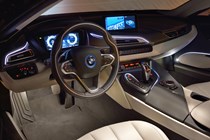
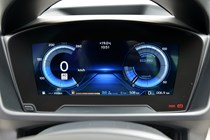

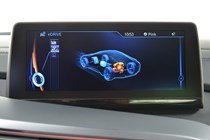
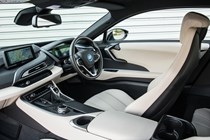
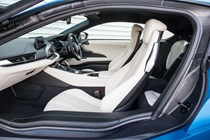
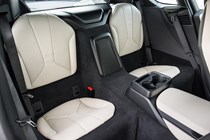
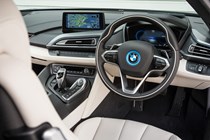
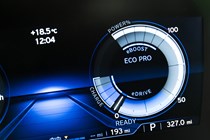
.jpg)
.jpg)
.jpg)
.jpg)
.jpg)
.jpg)
.jpg)
.jpg)
.jpg)
.jpg)
.jpg)
.jpg)
.jpg)
.jpg)
.jpg)
.jpg)
.jpg)
.jpg)
.jpg)
.jpg)
.jpg)
.jpg)
.jpg)
.jpg)
.jpg)
.jpg)
.jpg)
.jpg)
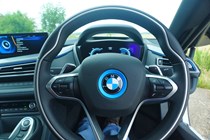
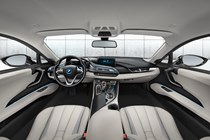
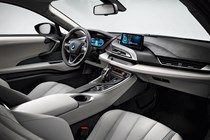
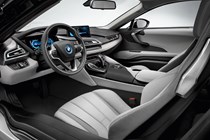

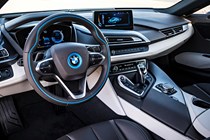
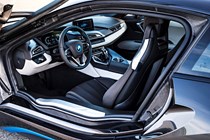
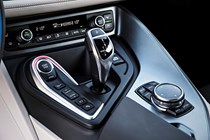


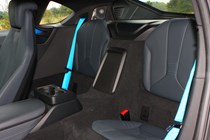
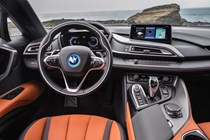
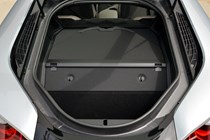
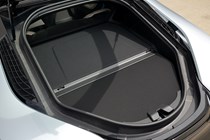
.jpg)
.jpg)
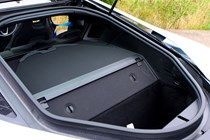












.jpg?quality=50)
.jpg?quality=50)
.jpg?quality=50)
.jpg?quality=50)
.jpg?quality=50)
.jpg?quality=50)
.jpg?quality=50)
.jpg?quality=50)









.jpg?quality=50)

































.jpg?quality=50)
.jpg?quality=50)
.jpg?quality=50)
.jpg?quality=50)





.jpg?quality=50)

.jpg?quality=50)
.jpg?quality=50)
.jpg?quality=50)
.jpg?quality=50)
.jpg?quality=50)
.jpg?quality=50)
.jpg?quality=50)
.jpg?quality=50)
.jpg?quality=50)
.jpg?quality=50)
.jpg?quality=50)
.jpg?quality=50)
.jpg?quality=50)
.jpg?quality=50)
.jpg?quality=50)
.jpg?quality=50)
.jpg?quality=50)
.jpg?quality=50)
.jpg?quality=50)
.jpg?quality=50)
.jpg?quality=50)
.jpg?quality=50)
.jpg?quality=50)
.jpg?quality=50)
.jpg?quality=50)
.jpg?quality=50)
.jpg?quality=50)
.jpg?quality=50)
.jpg?quality=50)



















.jpg?quality=50)
.jpg?quality=50)
.jpg?quality=50)
.jpg?quality=50)
.jpg?quality=50)
.jpg?quality=50)
.jpg?quality=50)
.jpg?quality=50)
.jpg?quality=50)
.jpg?quality=50)
.jpg?quality=50)
.jpg?quality=50)
.jpg?quality=50)
.jpg?quality=50)
.jpg?quality=50)
.jpg?quality=50)
.jpg?quality=50)
.jpg?quality=50)
.jpg?quality=50)
.jpg?quality=50)
.jpg?quality=50)
.jpg?quality=50)
.jpg?quality=50)
.jpg?quality=50)
.jpg?quality=50)
.jpg?quality=50)
.jpg?quality=50)
.jpg?quality=50)














.jpg?quality=50)
.jpg?quality=50)
